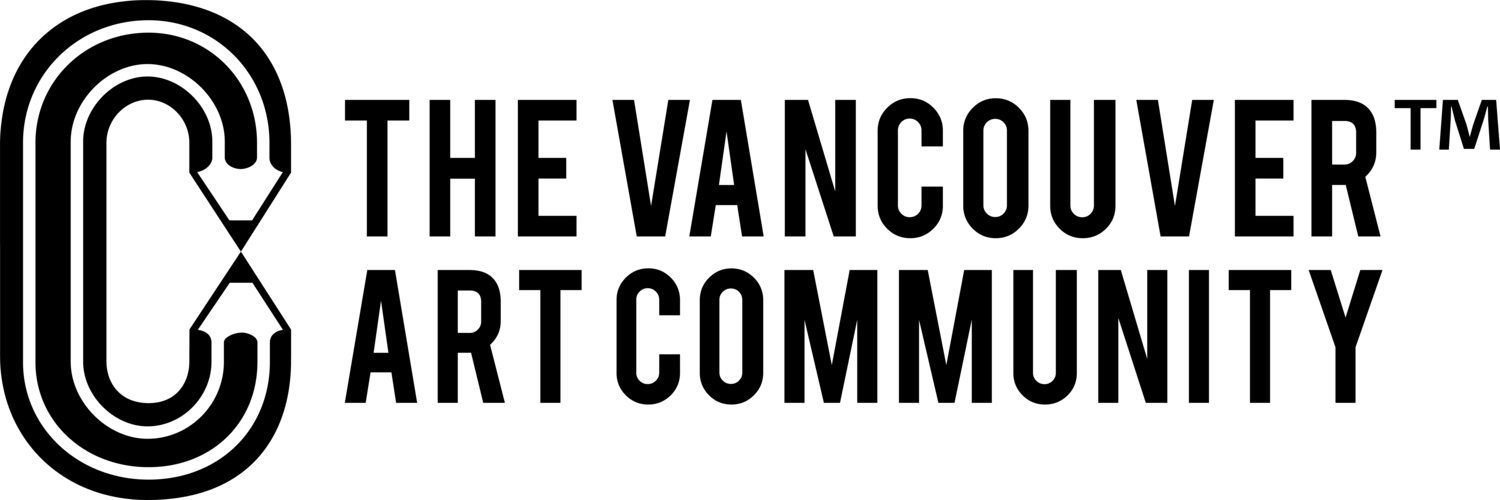Art is more than just aesthetics: Why AI may not be as scary as it seems
3 Human Artists making Human Art
By Tyra Schad
If you’ve been on the internet lately, you’ve most likely heard about the recent boom in AI-generated content. This new technology has caused much debate on the future of many occupations, particularly ones that rely on human creativity. Artists like myself suddenly fear redundancy more than ever. This fear and contempt surrounding the sudden explosion of AI art software is undeniably warranted. Artists have faced redundancy before, but never in such an overwhelming way.
But hold on, I’m sure you’ve heard enough about AI already. This article isn’t about that. Instead, this is a celebration of art and, hopefully, a means to reassure artists that their careers are still as relevant as ever. AI is only a threat to artists if you see art as purely aesthetically functional; Symbolism, for example, cultural impact, and conceptualization are hugely significant to creating compelling artwork. The truth is art isn’t made in a vacuum. The artist is an essential part of the equation — their concepts result from a combination of their personal experiences, cultural backgrounds, and emotional depth — all things that are uniquely human. The artist’s vision drives the creative process, and choosing a suitable medium to create their vision is essential to fully realize art. When we look at the history of art, the artist, the culture, and the artwork hold equal amounts of value beyond the final visual result of the artwork.
Living in Vancouver, we are exposed to several unique practicing artists whose originality is irreplaceable. I want to highlight some highly talented local artists whose work comes from an amalgamation of their individual human experiences and a life of experimentation.
The First artist to be highlighted is Canadian artist Adam Lupton. Lupton’s work focuses on his emotions and daily rituals surrounding his OCD diagnosis. The final pieces that Lupton creates take from unique experimentation of materials, including stamps, printmaking, and craft applications to express the complicated mental space he lives in due in part to his disorder.
In a Duality article about Lupton’s work, the writer asks us, “to question our process of free will as well as our concepts of space, time, fate, and self; if every decision comes true in one parallel life or another, are we as free as we think we are?”
Because Lupton has created work conveying his inner world, we, as viewers, are encouraged to ask questions and hopefully become more empathetic to people with different backgrounds and walks of life. One of the features of art that can never be replaced is its facilitation of human connection.
The next artist is Tianna Barton, whose works are an excellent show of how reference plays into art practice. Barton’s work explores a number of mediums, including sculpture and video, and the vast majority of her pieces directly study subjects of gender, sexuality, and the human condition, often with an air of humour.
Barton’s work is often handcrafted, such as her large hand-built ceramic pots with uterus details titled Vessel I and Vessel III. Birthed from a thoroughly eccentric mind, these sculptures speak not only to the subjects of interest for the artist, they are created with the intent to facilitate a dialogue regarding gender. The artist writes, “They are a celebration of ‘womanhood’ and a critique of the problematic nature of woman seen as vessels; life-giver yet object.”
Her newer of the two sculptures take on renewed importance with the current culture surrounding limitations on women’s bodies with the abortion ban. With art created by humans, creativity breeds new conversations and relationships with our communities and our empathy toward those most affected by current events. Art is a builder of relationships, both with ourselves and others. Its function within society is undeniably essential.
The first two artists highlighted make art in a very different way than commercial artists like illustrators. With work based heavily on the expression of a concept, they have far less possibility for redundancy through modernization. On the other hand, Jessica Fortner is an illustrator whose specific style of flat, intricate, colourful works may seem as though they could be understood by AI software. With a closer look, we can tell this is obviously not the case.
Fortner’s works tell a story and show a stylistically unique mastery of colour and line that takes years of exploration to develop. Fortner has quite a cerebral background to her practice as well — she describes her work as “mimic[ing] two of the major Jungian archetypes: persona and shadow self, the persona being the bright vibrant paint that sits on the surface of the paper and the shadow self: the narrative being told through the painted visuals.”
Her recent work titled “Breakthrough” immediately seems complex, but that is only the beginning. This work rewards close looking. Hidden for a moment between the avian figures are two vivid water textures, and after an extended viewing, you may notice that the second avian figure is broken apart by overlapping elements. Fortner makes these decisions with purpose and creates an exciting experience of discovery for the people who view her deeply detailed illustrations.
These artists bring something human to the world of art, each in a diverse way. As the world changes, so must artists. We have done it before and will do it again, and although AI can create beautiful images, art has always been so much more than the sum of only its visual parts. Art has allowed humans to express themselves and document their culture based on their experiences. Artists are not machines; we are constantly and continuously affected by changes in ourselves and our environments, making our specific brand of creativity uniquely human and, therefore, irreplaceable.
“The aim of art is to represent not the outward appearance of things, but their inward significance.”
–Aristotle
Check out the artists:
http://www.alupton.com/
https://www.tiannabarton.com/
http://jessicafortner.com/


